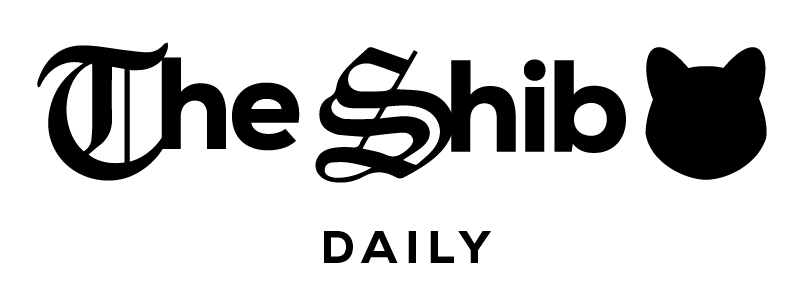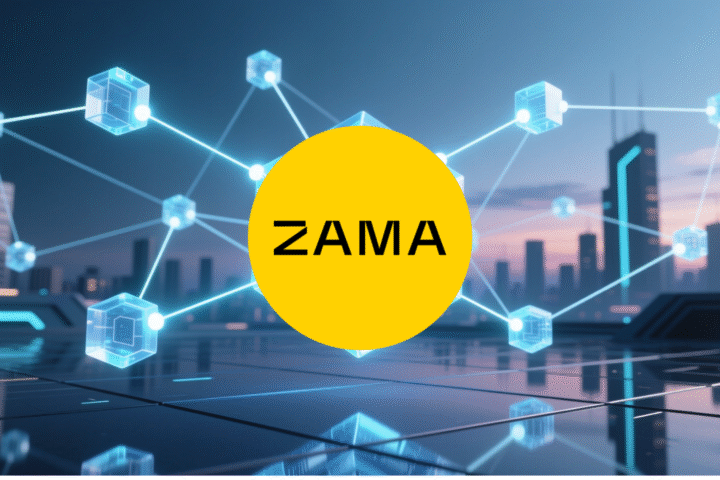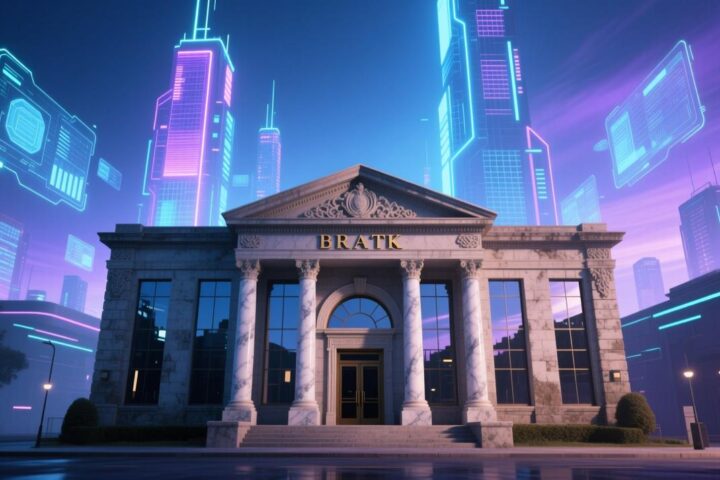The internet is evolving, and Web3 is at the center of this transformation. Built on blockchain, it gives users more control over their data, digital assets, and online interactions. Unlike today’s Web2, where large companies dominate platforms, Web3 is decentralized — power is distributed, enabling greater autonomy and fostering a decentralized workforce.
Traditional jobs rely on companies hiring employees who work under fixed contracts, often tied to specific locations. In contrast, a decentralized workforce operates through blockchain-based platforms, smart contracts, and digital currencies, allowing people to work remotely, collaborate globally, and earn in new ways. This shift is creating new opportunities for freelancers, entrepreneurs, and businesses, changing the way we think about work.
In this article, we’ll explore how Web3 is shaping the future of work, its benefits, challenges, and what it means for workers and companies alike.
What is Web3 and How Does It Relate to Work?
Web3 is the next phase of the internet, designed to give users more control over their digital lives. Unlike Web2, where big companies own platforms and store user data, Web3 is built on blockchain technology, meaning it operates in a decentralized way. Instead of relying on a central authority, transactions, contracts, and data are stored securely across multiple computers worldwide.
This shift affects how people work by moving away from traditional, centralized employment models. In Web2, most jobs involve working for a company that sets rules, manages payments, and controls platforms. Web3 introduces a more independent, digital-first approach where workers can earn through cryptocurrency, smart contracts, and decentralized organizations instead of relying on traditional jobs.
A key part of Web3 work is DAOs (Decentralized Autonomous Organizations). DAOs are online communities that operate without a single leader. Instead, decisions are made collectively, and workers are often paid in tokens that can hold value or give them a say in how the organization is run. This structure creates more flexibility, transparency, and global collaboration, offering new opportunities beyond the traditional 9-to-5 job model.
As Web3 continues to grow, more people are exploring a decentralized workforce, leading to a shift in how businesses and individuals interact in the digital economy.
Key Features of the Decentralized Workforce
The Web3-powered workforce offers new ways to work beyond traditional jobs. Here’s how:
Related: Zama to Launch First-Ever Private Token Auction on Live Blockchain
- Remote and Borderless Work – No geographic restrictions; workers can collaborate and get hired from anywhere in the world.
- Smart Contracts for Payments – Payments are automated through blockchain-based contracts, ensuring fair and instant transactions without banks.
- Token-Based Incentives – Workers earn crypto tokens, which can be traded, used within platforms, or provide governance rights in DAOs.
- Greater Autonomy – Workers have more flexibility, choosing projects instead of being tied to one company or a fixed schedule.
Web3 is reshaping the workforce by making work more flexible, transparent, and accessible worldwide. However, it also presents challenges, which we’ll explore next.
Benefits of Web3 for Workers and Businesses
Web3 is changing how people work by offering more independence, financial fairness, and new earning opportunities. Here’s how it benefits both workers and businesses:
- More Freedom and Flexibility – Workers are no longer tied to a single employer or fixed schedule. Instead, they can take on projects from different organizations, work remotely, and have greater control over their careers.
- Transparent and Fair Payments – Blockchain technology ensures payments are automatic and secure through smart contracts. This reduces delays, removes middlemen, and ensures workers get paid fairly for their contributions.
- New Opportunities for Earning – Workers can earn in cryptocurrencies, NFTs, and tokens instead of traditional salaries. These digital assets can increase in value or be used within different Web3 platforms.
- Community Governance – Unlike traditional companies where executives make decisions, Web3 platforms and DAOs allow workers to vote on key issues using governance tokens. This gives them a say in how organizations operate.
Web3 creates a more open and decentralized work environment, giving individuals and businesses new ways to connect and grow. However, this shift also comes with challenges, which we’ll explore next.
Challenges and Concerns of Web3 Work
While Web3 offers exciting opportunities, it also comes with challenges that workers and businesses need to consider:
- Regulatory Uncertainty – Governments are still figuring out how to regulate decentralized work and crypto payments. Without clear rules, workers and businesses may face legal uncertainties in different countries.
- Income Volatility – Many Web3 jobs pay in cryptocurrency, which can rise or fall in value quickly. This makes it harder for workers to plan financially compared to stable, traditional salaries.
- Lack of Worker Protections – Unlike traditional jobs that offer benefits like health insurance and retirement plans, Web3 work often lacks these protections. Workers need to manage their own financial security.
- Scalability Issues – Blockchain networks can sometimes be slow and expensive to use, making large-scale adoption of Web3 work challenging. Improvements in technology, like better blockchain infrastructure and faster transactions, are needed for mass adoption.
Despite these challenges, Web3 continues to evolve, and solutions are being developed to improve stability and security in the decentralized workforce.
The Future of Work in a Web3 World
As Web3 technology evolves, companies are beginning to experiment with decentralized work models. Some businesses are shifting away from traditional corporate structures, using DAOs to manage projects and pay workers through blockchain-based smart contracts. Others are exploring hybrid models, blending Web3 principles with traditional employment to offer more flexibility and transparency.
Related: Smart Contracts Are Powering a New Wave of Finance: Here’s How
Emerging technologies like AI, blockchain, and the metaverse are also playing a major role in shaping a decentralized workforce. AI-powered automation is streamlining workflows, blockchain is enabling secure and direct payments, and virtual environments in the metaverse are making remote collaboration feel more immersive. Instead of video calls and emails, workers could soon gather in 3D digital offices, attend virtual meetings as avatars, and interact in real-time, no matter where they are in the world.
There is ongoing speculation about whether a decentralized workforce will become mainstream. While Web3 offers more freedom and global access to job opportunities, challenges like regulation, income stability, and scalability still need to be addressed. Some believe that Web3 work will complement traditional jobs rather than fully replace them, while others see a future where decentralized work becomes the norm.
Regardless of how it unfolds, Web3 is reshaping the way people think about work, ownership, and collaboration, opening new possibilities for the future of employment.
Conclusion
Web3 is changing how people work by making jobs more flexible, global, and independent. It allows workers to earn through smart contracts, use crypto payments, and join DAOs instead of traditional companies. Businesses are also exploring blockchain and the metaverse to create new digital workspaces.
But challenges like unclear regulations, unstable incomes, and lack of worker protections still need solutions. For Web3 work to grow, it must balance freedom with security and stability.
The future of work is evolving, and staying informed is important. Whether you’re a freelancer or just curious, exploring Web3 can open new opportunities in the digital economy.










